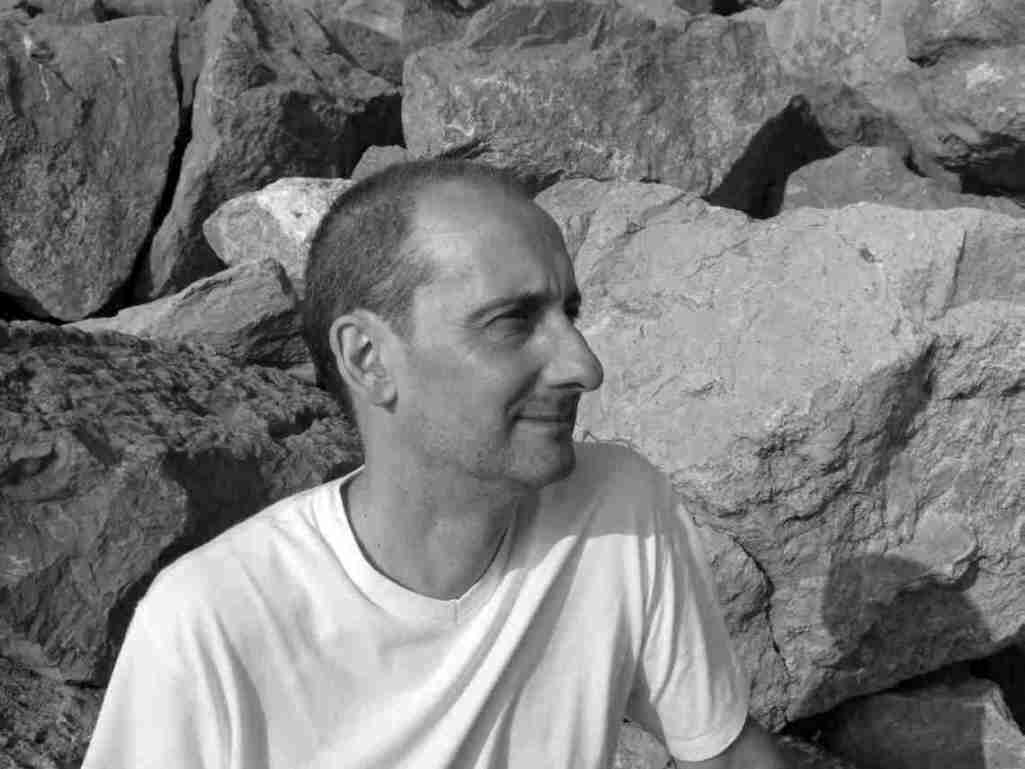.JPG)
I just came across a copy of an interview on the Net originally given by
Conrad Aiken to the Paris Review in 1968. There are many references to Lowry in the interview.
The painting above is
Edward Burra's John Deth(Homage To Conrad Aiken)1930. This painting must date from when
Conrad Aiken returned to Rye, Sussex to mentor Lowry while Lowry was at Cambridge. Burra, who by all accounts had a fraught relationship with Lowry, would have met Malc in Rye in late 1930. I wonder whether Malc is featured in Burra's painting?
In a later post, I will return to
Burra and his love of jazz which would have at least given him some connection with Malc.






.JPG)






